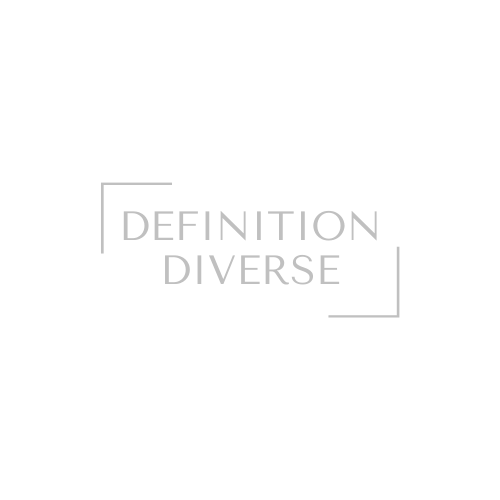THE BRAIN AND NEUROPLASTICITY
The Brain in young adulthood
- In adolescent brains considerable growth occurs- and what also occurs is a process called pruning: nerve growth is pruned back to enable neuronal connections to transmit signals more efficiently. These brain changes explain the difficulties for teens in managing emotions and relationships, handling risks, and navigating complex educational or employment demands. In the transition to young adulthood, greater sophistication in thinking and emotional regulation occurs as teen brains change in specific areas associated with these functions.
- Many studies of young adult brains focus on the prefrontal cortex: associated with planning, problem-solving, risk & reward, prioritizing, thinking ahead, self-evaluation, and regulation of emotion. These abilities together are termed Executive Functions. Also, the prefrontal cortex communicates more fully with other brain regions, including areas associated with emotion and impulses, so all areas of the brain over time, become involved in planning and problem-solving.
Neuroplasticity
- Neuroplasticity is the ability of the brain to change in response to experiences: this experience-driven change occurs in both neural structure and function. In early development our brain is agile and we can adapt our nervous system to our individual bodies, culture and surroundings. Also, as our young brains are more plastic, developing healthy habits is important early in development.
- The life-long plasticity of the brain supports everyday learning- although a lack of use of brain functions can lead to degeneration, while training of a specific function can lead to enhancement of the specific function: training does however require suitable intensity and level of repetition across time.
- Developing brains prune and strengthening synapses in response to our environment, and mature brains also have a degree of plasticity. However, change in mature brains requires attention, positive challenge and connection to be optimal.
- Our thoughts and actions also play a role in brain plasticity: repeated thoughts or behaviours strengthen synapses, forming habits – which then become automated and stored in the subcortical brain. So, habits become ‘wired in’ whilst lesser-used connections are pruned away.
- Automated behaviours permanently stored in the subcortical region may however, not contribute to our potential across the life span. As all habits are triggered by cues: a place, person, event or even emotional state, if the cue can be identified, a new more useful behaviour can then be learned in response.
BUT, what tools can we use to create new adaptive behaviours? Firstly, we need to understand something about automaticity.
Automaticity
– Automaticity or automated behaviour: the default way of functioning that we all hold, can make less optimal behaviours very robust – but automaticity may also hold the key to changing this less optimal functioning. 1
– If we can make the unconscious conscious (or unmask automatic thoughts) we may be able to engage in a more adaptive behaviour. THEN- new adaptive functioning needs to be made conscious, followed by the behaviour and/or thinking and feeling becoming unconscious i.e. ‘automatic’: this is achieved through repetitive practice.
– BUT, the older less optimal behaviour is unlikely to be erased: new more adaptive learning does not replace old behaviour: it is built on top. Also, the old learning is often enacted in the context in which it is learned, especially during heightened stress. When this happens, resisting its impact will require considerable effort. We need to consistently engage in new adaptive behaviours, enforcing new learning till the new behaviours, thoughts & feelings are automatic (and unconscious). For example, rather than scrolling through social media, we could have a screen break and read before bed. It is a long-term iterative process, requiring supports, repetition and awareness. So change is not easy, but it is possible!
Now, lets explore “Enhancing adaption”
Emotion and memory formation involve the prefrontal cortex, amygdala and hippocampus : these areas have a high plasticity, enabling neural growth and integration. If we coach in positive contexts, neuroplastic change is cued, as well as emotional and behavioural change. So, positive learning settings scaffold young people to move toward experiences where new adaptive strategies are possible.
How can we improve learning of new adaptive strategies ?
- Providing knowledge can be a start – understanding the associative structure of mind, the unconscious nature of much of our functioning, how thinking and feeling rely upon physical properties (i.e being embodied or the awareness of your body in the present moment). Also, how we have opposing needs and wants, and understanding how all of this, is normal and usually adaptive: BUT sometimes certain functioning may not serve us under particular conditions.
- Also, understanding that we as humans have tendencies more suited to our evolutionary past, which no longer exists – and which may lead to less optimal outcomes. So, normative processes can lead us to less adaptive behaviours.
What are some tools to create more adaptive functioning?
- Mindfulness meditation: research shows that mindfulness-based stress reduction (MBSR) can lead to enhanced brain changes involved in regulation of emotion, compassion, coordination, learning, and memory.
- By working at the physical-psychological interface, relevant physical experiences can have psychological consequences. Since many functions have some underlying neural circuitry in common : affecting one type of functioning by altering an aspect of another, we can target physical behaviour to elicit psychological change. For example – Somatic (body) approaches, such as yoga therapy, art therapy, music therapy & dance therapy may contribute to enhancing positive body-mind connections.
Links and references:
[1] The Unconscious: Theory, Research, and Clinical Implications: by Joel Weinberger and Valentina Stoycheva
